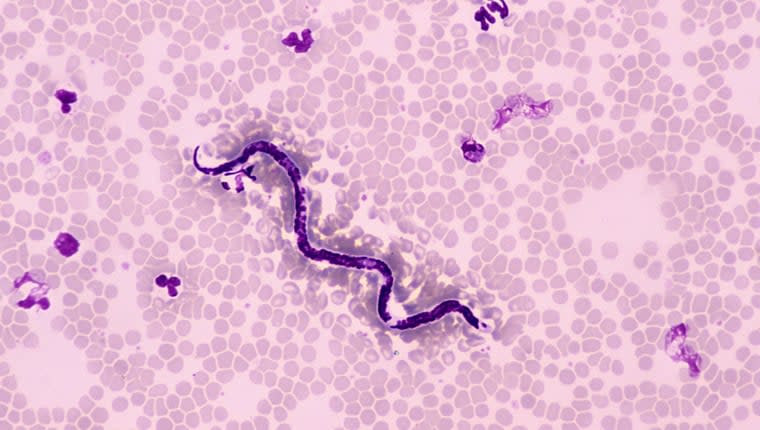Study Finds Mysterious Heartworm Outbreak in Eastern Australia


(Picture Credit: Ed Reschke / Getty Images)
In a comprehensive study, researchers in eastern Australia took a closer look at their diagnostic heartworm tests, trying to find anything that could explain a recent uptick in infection rates.
Earlier this month, Parasites & Vectors published the study. The study’s first author, Constantin Constantinoiu, works with the Biomedical Sciences department at Australian Institute for Tropical Health & Medicine. According to their website, since 2009 Constantinoiu has also worked with James Cook University, lecturing there on Veterinary Parasitology.
Monitoring Heartworm Infections in Eastern Australia
According to the study, “Dirofilaria immitis [heartworm] infection in dogs is increasing globally and spreading into new areas”. Before specific medicines existed, the study says disease rates reached 90 percent. Unfortunately, other studies are discovering that resistance to these medications may be growing.
Curiously, the study says that, over the past 30 years, research on heartworm infection prevalence in Australia was limited. As such, researchers felt confident that reassessing their diagnostic tests was prudent. Significantly, researchers also wanted to see if their tests’ efficacy had reduced at all. Any type of error in diagnosis could create an alarming situation for dog parents and veterinarians.
For the study, researchers focused on infection rates in two areas, Brisbane and Townsville. Both cities are located in Queensland, comprising Australia’s northeastern corner. In both towns, researchers measured heartworm infection prevalence, and checked antigen diagnostic tests for reduced validity. Notably, researchers were also interested in seeing if heartworm larvae in the bloodstream were affecting antigen tests, a condition called microfilaremia.
The Study’s Results
In Brisbane, heartworm infection lowered significantly, to 1.7 percent. However, the study cites a similar trial run after theirs that showed an increase in infection. Contrastingly, in Townsville infection had increased from 15 percent in 2001 to between 16.7 and 32.1 percent. As a result, this raises questions for researchers, dog parents, and vets in the area.
However, the limited scope of the study means researchers can’t accurately discern what’s causing the increase. Among the culprits: climate change, parasitic reserves in feral dingoes, and resistance to treatment.
However, after consulting with vets, the study did find one preventable cause. Area vets in Townsville expressed worry about the lack of regular appointments made for preventive heartworm treatment.
The post Study Finds Mysterious Heartworm Outbreak in Eastern Australia appeared first on DogTime.

